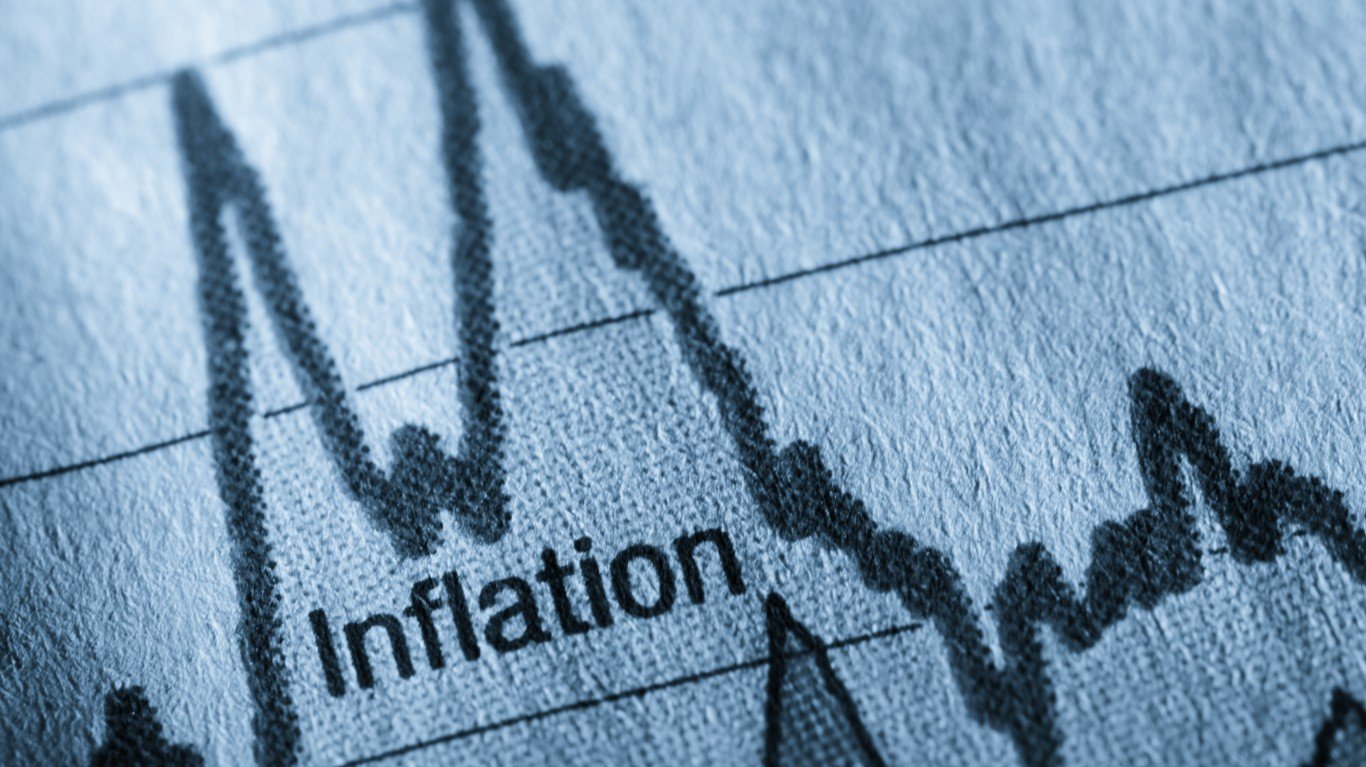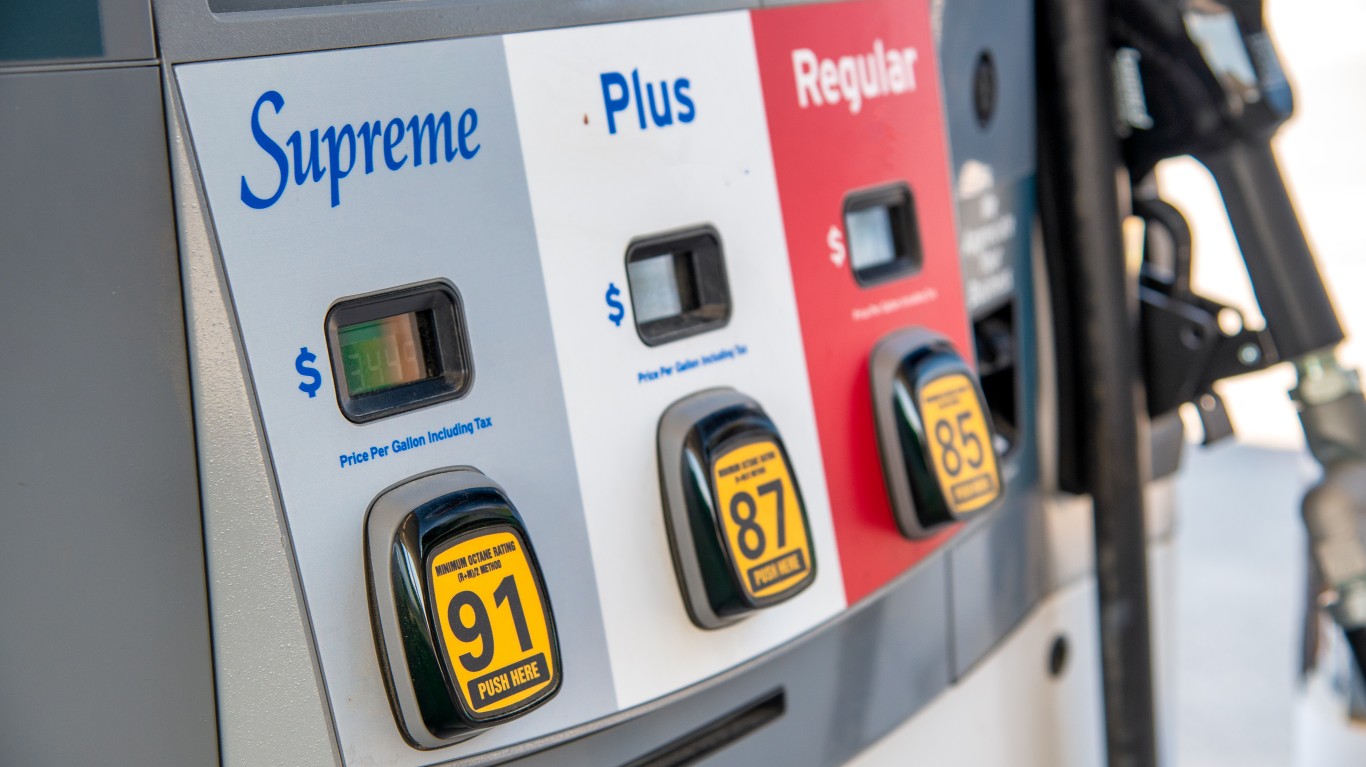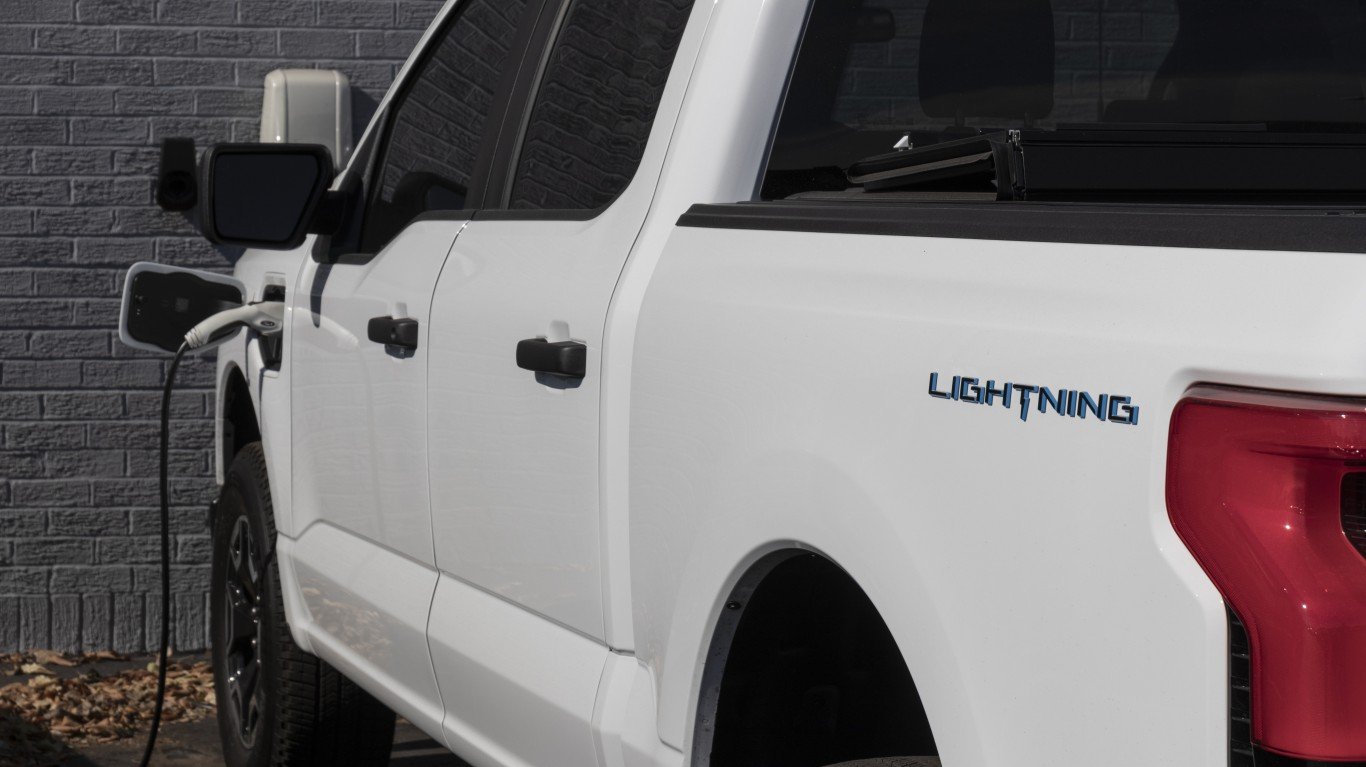

The Bureau of Labor Statistics is releasing its November Consumer Price Index report Tuesday morning. While the Federal Reserve does not use CPI as its preferred measure of inflation, the index gets a lot of attention from investors. Coming as it does, a day after OPEC+ floated the idea of a longer cut in oil production, lower gasoline prices, and news that Ford Motor Co. (NYSE: F) may be slashing production of its electric pickup, analysts and investors have a lot of moving parts to watch.
Whither inflation?

The CPI rose by 0.1% month over month in November. Economists expected CPI to come in flat month over month. Core CPI, which excludes food and energy prices, rose 0.3%. The forecast called for a rise of 0.2%, the same as the October increase. The all-item index declined to 3.1%, its lowest level since June. Core CPI came in a 4.0%, equal to the October reading. Over the longer term, economists expect core CPI to fall below 3% in the first half of next year. (The states where inflation is stressing people out the most.)
Investors hope that slowing inflation will loosen the Fed’s tight money policy and that cuts in the federal funds rate will follow. We’ll all find out on Wednesday afternoon what the Fed is thinking when the results of the FOMC meeting are announced. The current thinking is that rates will remain unchanged at 5.25% to 5.50%.
OPEC+ is in a bind

After announcing last month that OPEC+ had agreed to cut 2.2 million barrels a day from production in the first quarter of 2024, West Texas Intermediate (WTI) crude rose to around $78 a barrel. WTI settled at $71.43 Monday and traded down about $0.50 a barrel early Monday morning.
Also on Monday, Saudi Arabia and Russia suggested that the 2.2 million barrel production cut may be extended into the second quarter. Given the price drop in WTI, analysts apparently aren’t worried because U.S. production has boomed, up by about 1 million barrels a day over the past 12 months to more than 13 million barrels a day.
That increase indicates that OPEC+ may have lost the ability to scare crude prices higher. In April 2022, threatened cuts by the cartel and its friends sent crude prices soaring to almost $115 a barrel. As production rose in the United States, the price fell to around $70 a barrel by April of this year. Between April and mid-September, crude spiked to around $90 and has dropped to around $70 again in just 3 months. Not very scary.
Gasoline prices have plunged

American consumers only care about gasoline pump prices when those prices get near $4.00 a gallon. Between June and December of 2022, the pump price dropped from around $5.00 a gallon to about $3.00. The OPEC+ scare in August and September pushed pump prices up to $3.84. Since then, prices have dropped to around $3.00 a gallon once again.
Average U.S. pump prices have now declined for 12 straight weeks. Here’s GasBuddy.com head of petroleum analysis Patrick De Haan’s comment:
With nearly 80,000 gas stations in the U.S. now priced below $3 per gallon, and 23 states also seeing average prices of $2.99 or less, motorists are getting substantial relief at the pump in time for the holidays. The trend is likely to continue in most states this week, while the national average could soon fall below $3.05 per gallon, the lowest since 2021. The good news may continue into 2024….
EV struggles continue

A Ford spokesperson said Monday that the company would cut its production of its F-150 Lightning electric pickup truck. The automaker will reduce monthly production by 50%. The previous plan to build 3,200 pickups monthly now calls for production of just 1,600.
Ford expected demand to rise more quickly than it has. That didn’t happen, likely due to still-high prices for EVs and consumer concerns about charging infrastructure. Add steadily falling gasoline prices, and it doesn’t take a genius to figure out that internal combustion engines will benefit.
Production of Ford’s Mustang Mach-E and a plan to build a second battery plant in Kentucky have also been pulled back.
Essential Tips for Investing: Sponsored
A financial advisor can help you understand the advantages and disadvantages of investment properties. Finding a qualified financial advisor doesn’t have to be hard. SmartAsset’s free tool matches you with up to three financial advisors who serve your area, and you can interview your advisor matches at no cost to decide which one is right for you. If you’re ready to find an advisor who can help you achieve your financial goals, get started now.
Investing in real estate can diversify your portfolio. But expanding your horizons may add additional costs. If you’re an investor looking to minimize expenses, consider checking out online brokerages. They often offer low investment fees, helping you maximize your profit.
Thank you for reading! Have some feedback for us?
Contact the 24/7 Wall St. editorial team.



